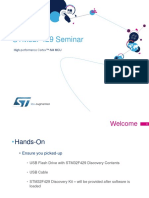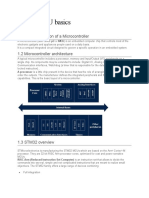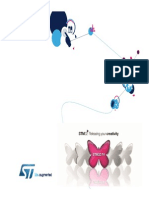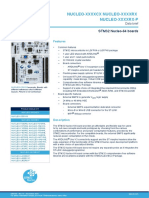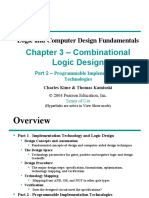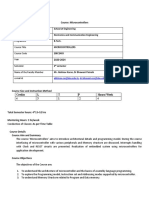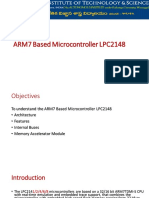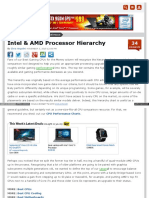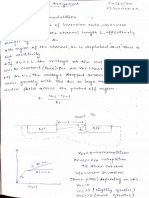0% found this document useful (0 votes)
9 views29 pagesStm32 Intro
The document provides an overview of microcontrollers, specifically focusing on the STM32 family from STMicroelectronics, which utilizes ARM Cortex-M cores. It details the different types of STM32 development boards, including Nucleo, Discovery, and Evaluation boards, highlighting their features and applications. Additionally, it covers the architecture, programming flow, and hardware abstraction layer associated with STM32 microcontrollers.
Uploaded by
Veerasai KolliCopyright
© © All Rights Reserved
We take content rights seriously. If you suspect this is your content, claim it here.
Available Formats
Download as PDF, TXT or read online on Scribd
0% found this document useful (0 votes)
9 views29 pagesStm32 Intro
The document provides an overview of microcontrollers, specifically focusing on the STM32 family from STMicroelectronics, which utilizes ARM Cortex-M cores. It details the different types of STM32 development boards, including Nucleo, Discovery, and Evaluation boards, highlighting their features and applications. Additionally, it covers the architecture, programming flow, and hardware abstraction layer associated with STM32 microcontrollers.
Uploaded by
Veerasai KolliCopyright
© © All Rights Reserved
We take content rights seriously. If you suspect this is your content, claim it here.
Available Formats
Download as PDF, TXT or read online on Scribd
/ 29













